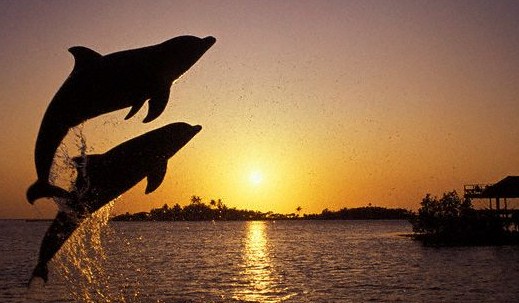Sensationalist headlines claiming that dolphins are bisexual have exploded online thanks to a misinterpreted phrase used in a scientific paper published in March.
Media reports across the globe have claimed that male bottlenose dolphins engage in “extensive bisexuality” and “resort to rape”, citing a recent study in the Proceedings of the Royal Society B. (Link)
But the original study made no references to such behaviour.
Co-author of the study, UNSW geneticist Professor William Sherwin, said the confusion probably stemmed from the words “bisexual philopatry” mentioned once in the paper.
“When translated out of jargon, it means males stay near where they were born, and females stay near where they were born – nothing more or less than that,” said Prof Sherwin.
“Someone must have just done a word search on sensational words, found that word, and not looked for anything else. I doubt they even read the words before or after it.”
Scientist and blogger Steven Hamblin said it appears many journalists relied on incorrect reporting from other journalists, rather than the original source.
“A reporter who had read the original source could have corrected that mistake fairly easily. Without that, however, the press cycle grinds mercilessly forward to Flipper the bisexual rapist,” Hamblin wrote at A Bit of Behavioural Ecology (Link)
“If the ‘writers’ of these articles had read the paper, they would have noticed that it contains nothing about the sexual behaviour of the dolphins they studied, bisexual or otherwise.”
But online Nature News editor Ananyo Bhattacharya rejected the idea that journalists should always read the research papers they write about.
“Science journalists need to be better journalists, rather than better scientists,” Bhattacharya said.
“Reading the paper is a good thing to do but it’s not a cure-all solution.”
The study at the centre of the claims described the complexity and structure of bottlenose dolphin social networks.
Males form ‘first order’ alliances to help each other ‘get the girl’ when courting and ‘second order’ pacts to defend against attacks from other dolphins.
The dolphins were unavailable for comment.






Great piece! I couldn’t help but laugh at the last sentence. Was the dolphins P.R not there to speak on behalf of them? haha. Can’t wait to read more from you!